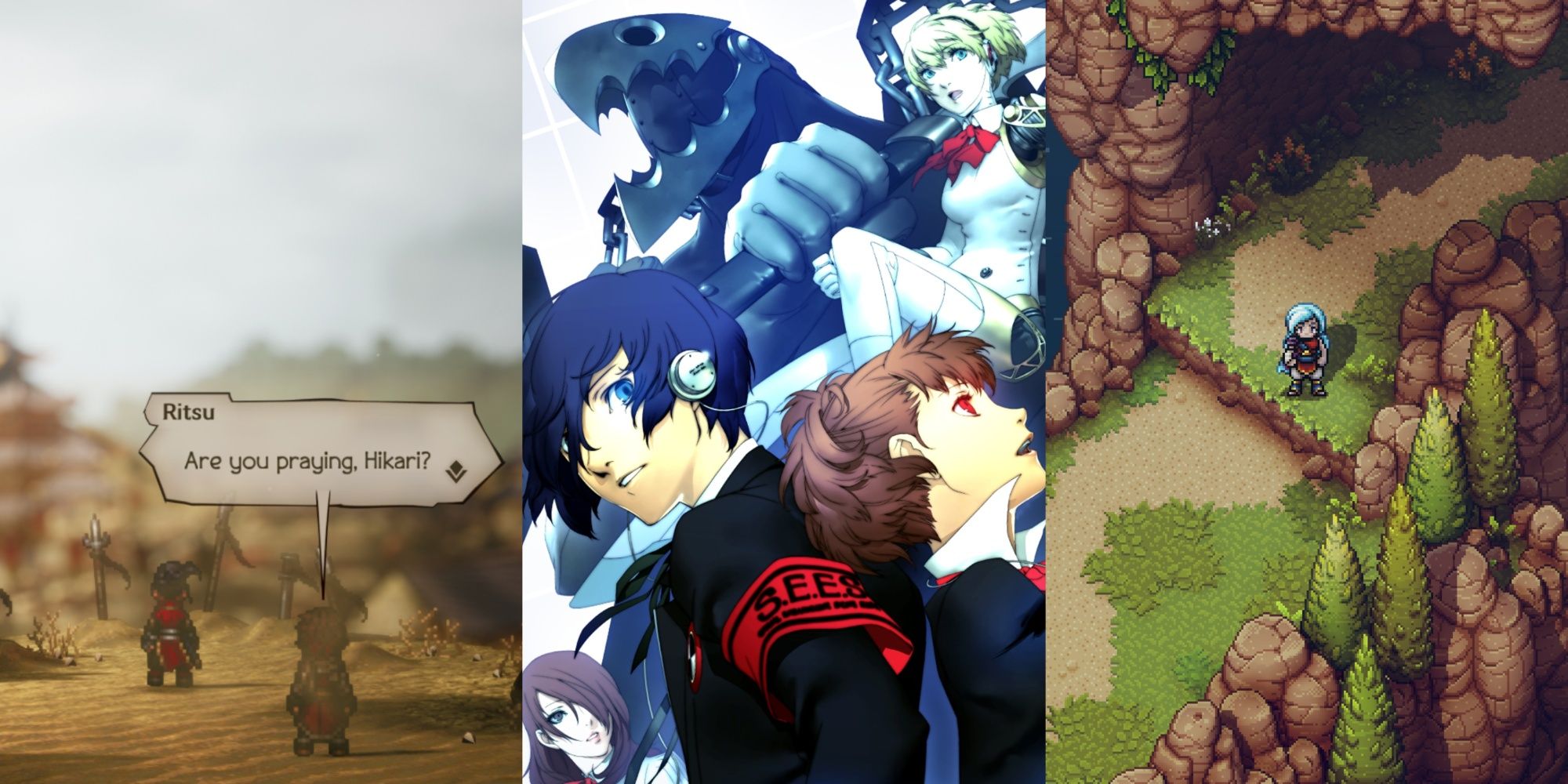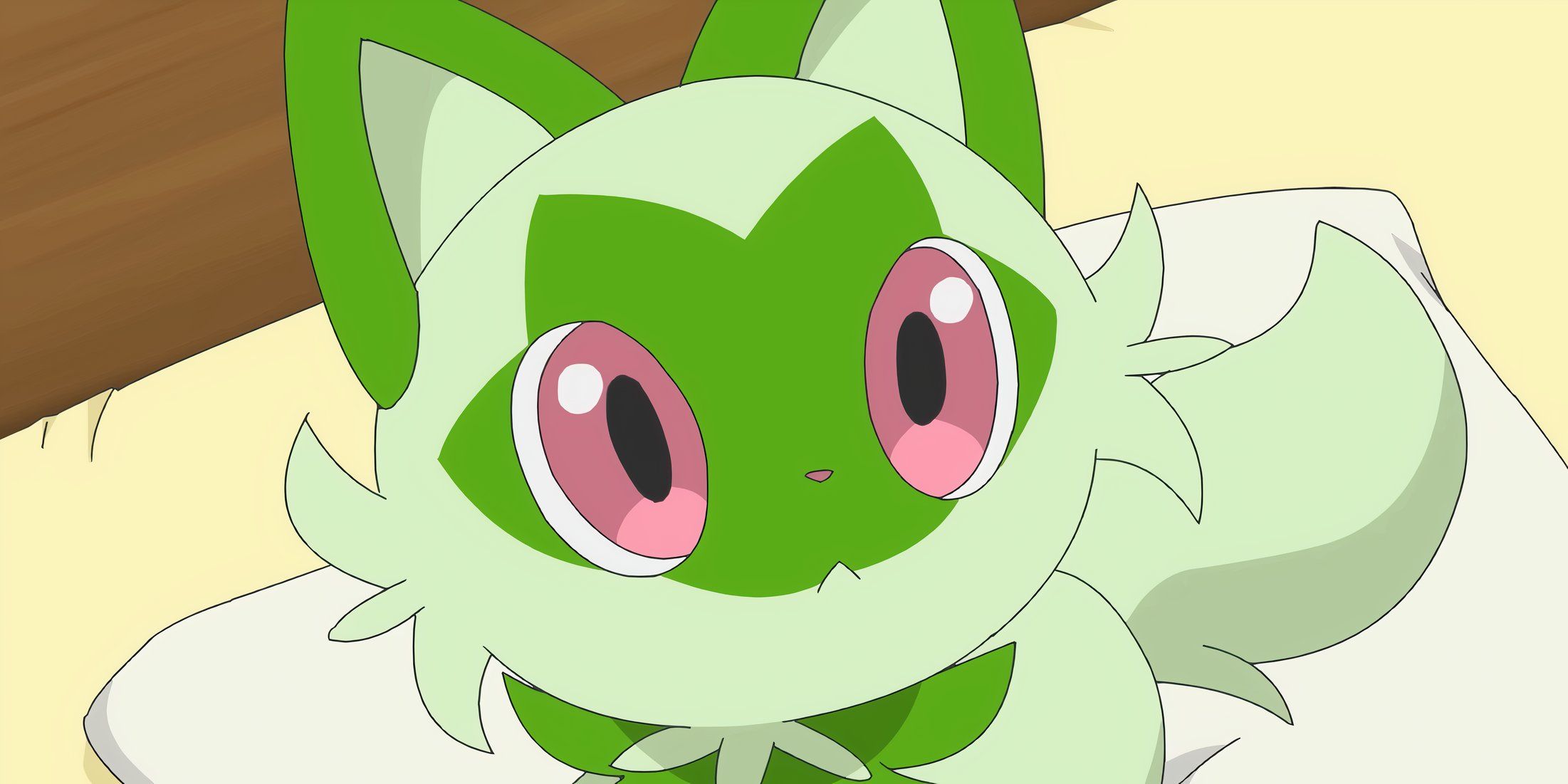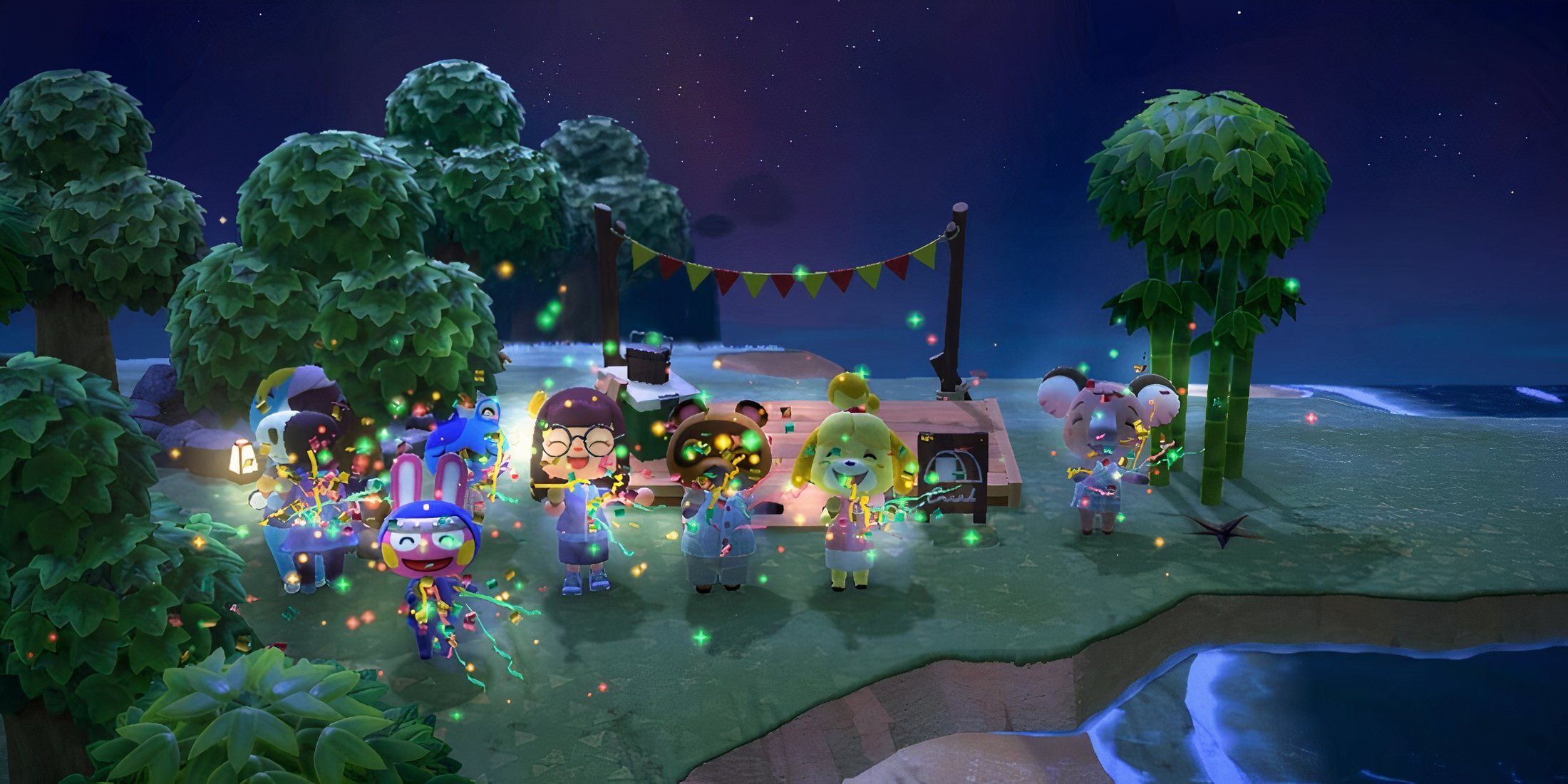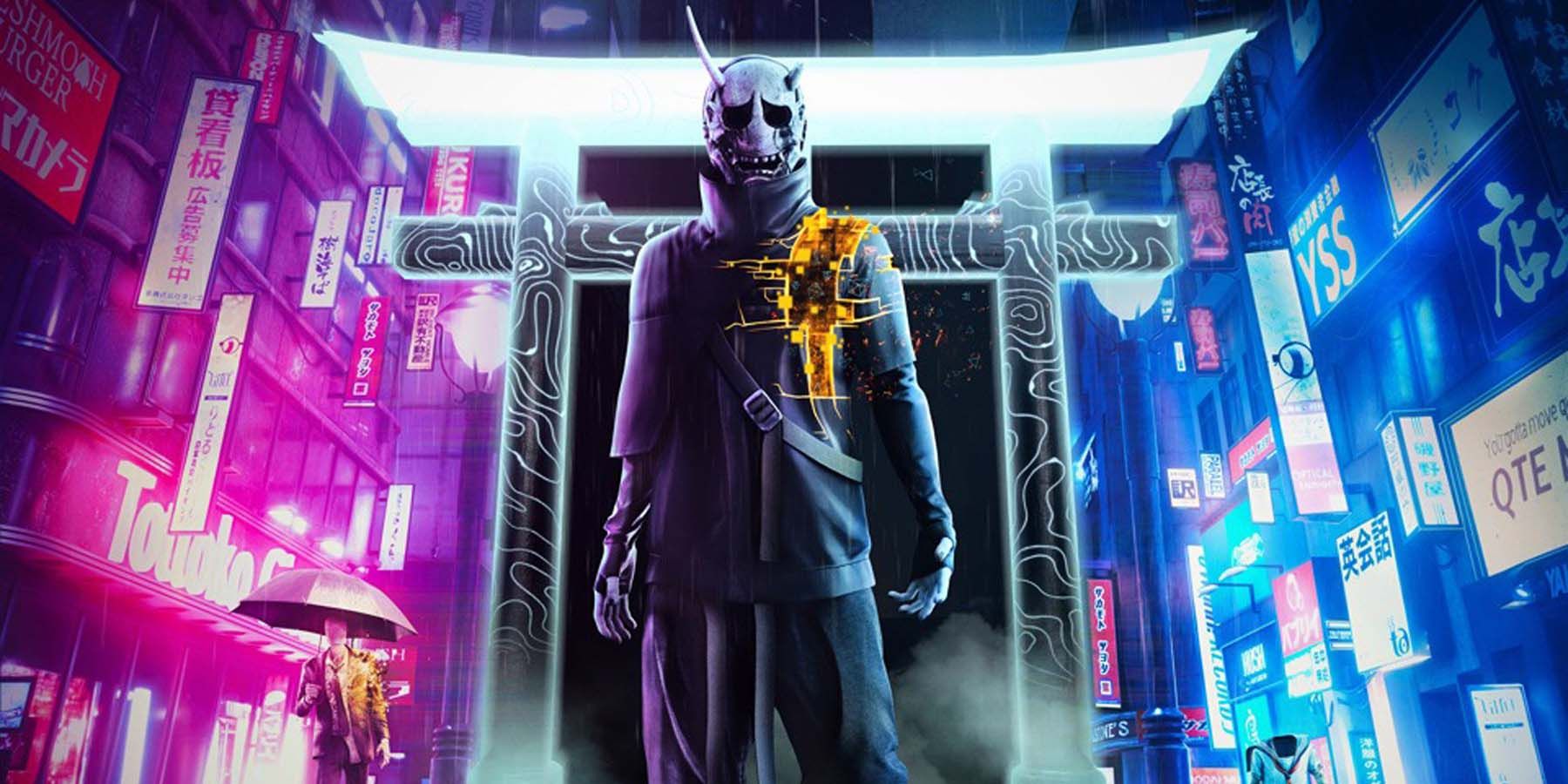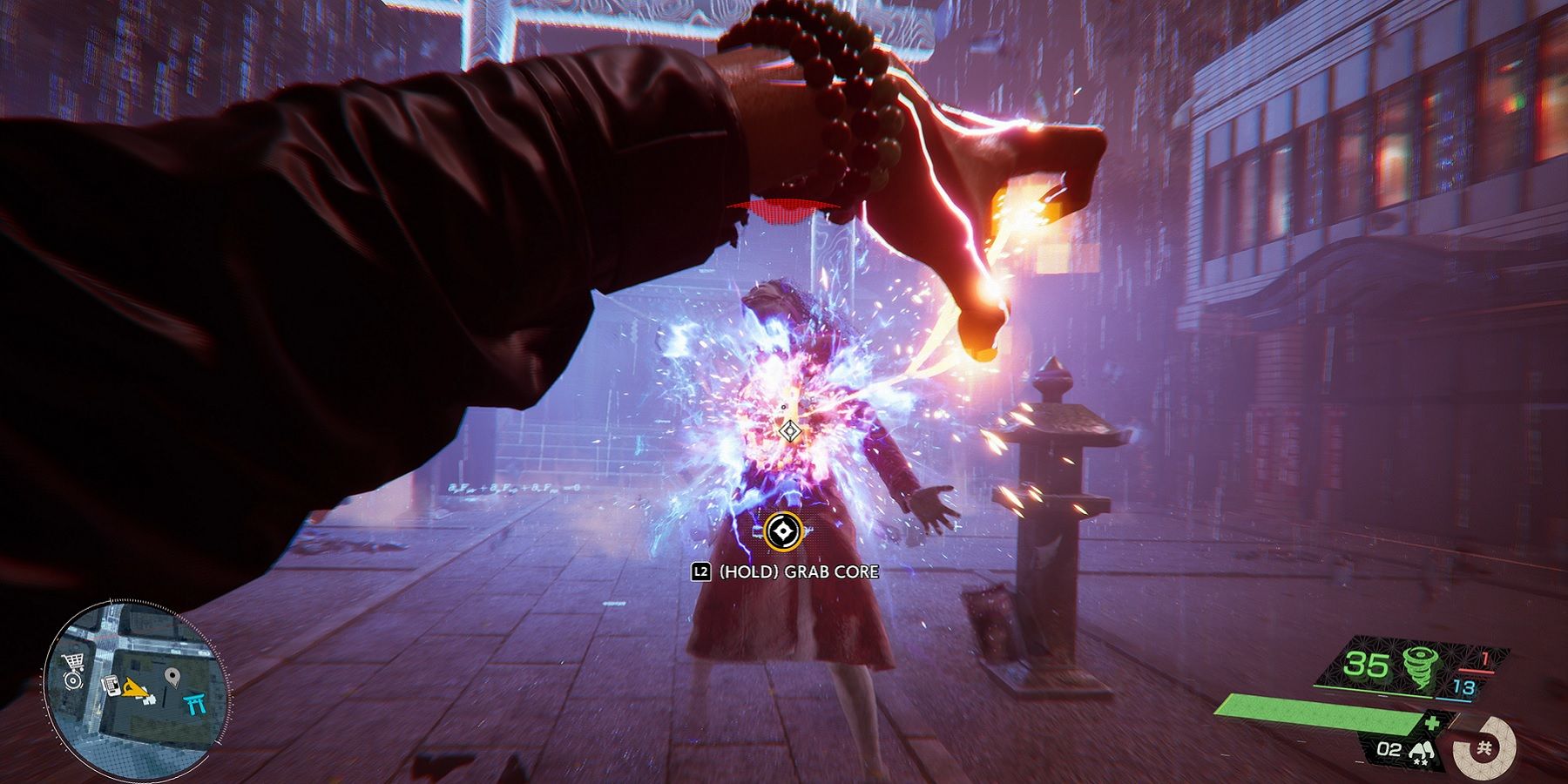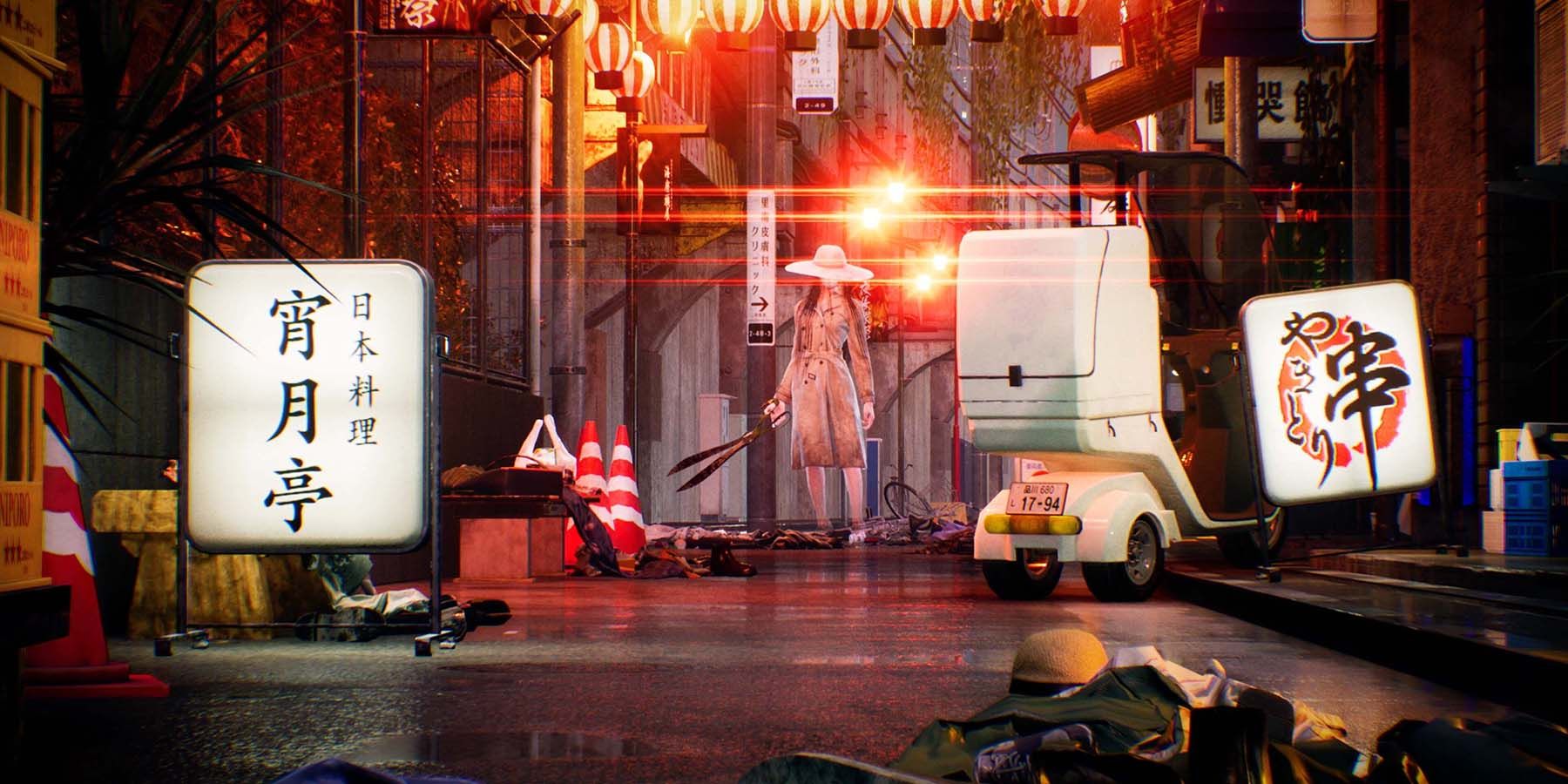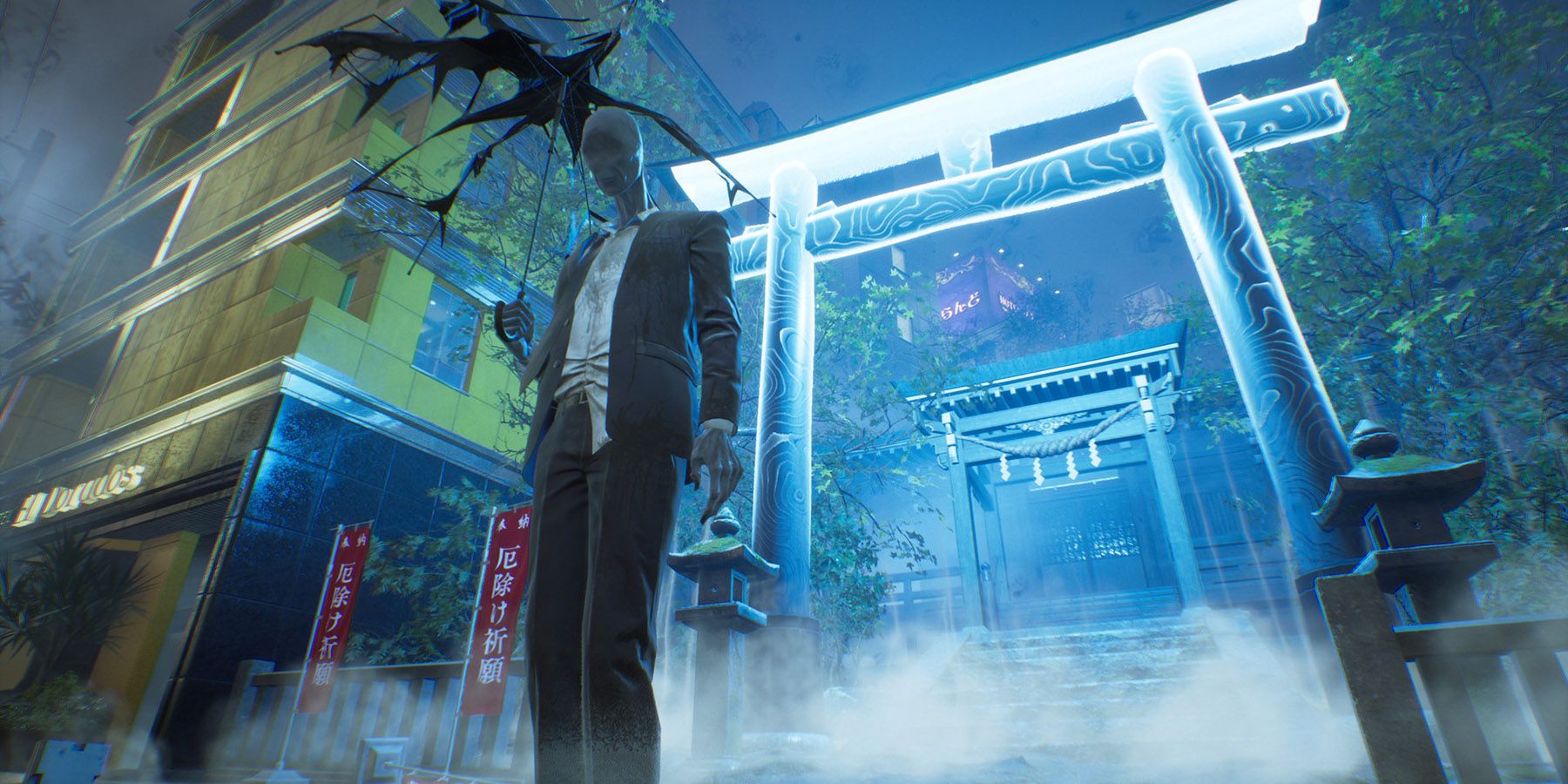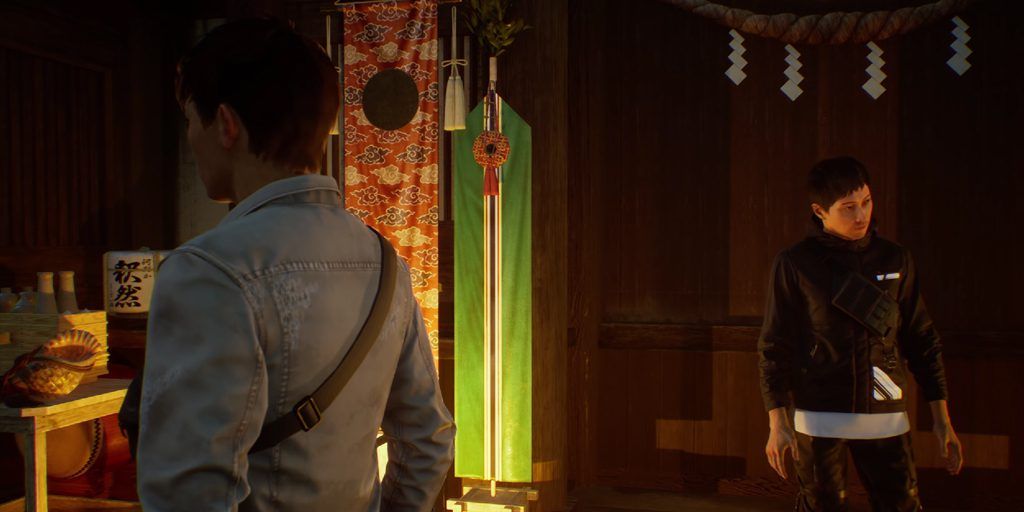Ghostwire: Tokyo, the latest game from Tokyo Gameworks, will be dropping on March 25. Players will be diving into the mysterious disappearances of people all over the city, while contending with personal issues among main characters Akito and KK.
Game ZXC recent played through the first two chapters of the game, and our first impressions of Ghostwire: Tokyo can be read here. We also spoke with game director Kenji Kimura and producer Masato Kimura. The following transcript has been edited for clarity and brevity.
Q: Could you discuss how deeply Kuji-kiri impacts the various hand movements in Ghostwire: Tokyo?
KK: So, Kuji-Kiri is like a traditional hand movement gesture that was used to cast away or push away evil, basically, per location or cleanse that location or exorcise evil from a certain place or thing. And when we were thinking about combat for the game, it didn't make sense for us to use physical objects like guns or a hammer to attack the evil spirits because the spirits are eternal beings and they're non-physical. And we came up with this idea of using Kuji-Kiri as a starting point, as the train of thought, in regards to how to actually attack or do damage against the spiritual Visitors.
KK: We didn't really want to trace the actual movement of Kuji-Kiri. We wanted to make something that's looked more modern and also create a Ghostwire: Tokyo version of it. So, we took some inspiration from karate or ninjutsu, and we sat down and had discussions about moving your hand. You know, how would this look or how would this look, and picked out some cool-looking things that felt like they would have some powers that would actually ward off evil. And so it took a lot of trial and error and a lot of discussions, but we ended up with something that looked really cool.
Q: I know Ghostwire: Tokyo is more of an action game than a horror game, but the design of the Visitors can be downright chilling at times. How was adapting these more horror-based creatures to an action-adventure game?
KK: One of the themes that I had in regards to making this game was to bring all the coolness of Japan and put it inside of a world inside of the game. And to do that, we tried to think about what's so cool about Japan, and what should we put into the game. And going through that process, there was a lot of the discovery of what you know, we'd normally see in Japan, but may look or feel different or be weird to other people. And similar to that, there are a lot of urban legends that we also drew inspiration from in the game, because we felt that the Japanese urban legends were cool, let's try to put those into the game. We started to dissect the urban legends, and we started to see that those stories, those characters that we see in those urban legends are normally...they're not all evil, and they're not all out to get you.
KK: Sometimes, they're just there as something spooky or scary or creepy. You know, there's something in the shadows, or something moved and we're not sure what moved it, but it's not always out to get you or harm you. Sometimes, they're just trying to communicate something. But one of the common factors between them all is that they're sitting there. They are unordinary things or entities sitting inside an ordinary world. We ended up with, like, a phrase that we use often about trying to make something that's unordinary lurking in the ordinary. And that's kind of the approach that we took with the enemies, too.
KK: So like from afar, you'll see these enemies look normal. They're just a salaryman holding an umbrella or a schoolgirl, for example, from afar, but as you get closer, you'll notice he might not have a face or it would be headless or something. Once you've crossed a specific distance, you'll start to notice these things, and that's the creepiness of it. At the moment, you notice you get that chill up your spine, and that's the kind of spookiness that we were going after.
Q: One Visitor is a tall woman with a hat, and I was wondering if you could explain some of the in-game lore and urban legends around her?
KK: That's the Slit-Mouthed Woman, so that's an urban legend. You're like walking down the street, and there's a lady on the other side of the crosswalk. You're walking past her, and she's wearing what looked like a mask on her face. She's got her face covered. And as you walk by, she asks you if she looks pretty. And you say yes, you look pretty good. And then she takes off her mask and you find out that her mouth has been slit open from cheek to cheek like the Joker very, very scary. And the story kind of ends right there. It doesn't really say if she attacks you or anything. There's no mystery, and that's what makes these urban legends so intriguing is that they have cliffhangers like that. That's the urban legend of the slashed mouth.
KK: Based on your region or from who you're hearing the same story, there are local versions of it. There are different endings for different regions, and some say that's where the story ends. And some say that, you're able to run away or she runs away. There are other versions where there's like a special code word if you say the word "promax," which is kind of like a hair gel. It's kind of crazy, of course, but if you say this word, then you are safe for some reason. We've heard different versions of it.
MK: It's drawing on the sense that there's somebody over there. She looks normal, she looks normal, then it's suddenly scary. That's kind of a common theme that we see in all the different versions and also it draws on this weird kind of sense of like there's no right answer to that question. It's always, you know, females always want to look pretty or beautiful and you know, there's probably no right answer to that question.
Q: Beyond just the creepy aspects of these Visitors, there's a lot of other Japanese folklore and all of that like the Torii gates and the little creatures you can grapple onto, so how complicated was it to bring all of this together in a cohesive manner?
KK: When we thought about making this game, we wanted to make Tokyo the stage and bring Tokyo to the gamers out there. So, we would take walks, basically, throughout the city. I would take a walk, and other people on the team would take walks on their own, and then we try to think about, like, you know, what kind of fantasies might exist in there? Well, just walking around, it's like I wonder what's in that alley over there? Wouldn't it be cool if there's something hidden over here? Those kinds of things popped up in our minds while walking around.
KK: Some of those are based on the urban legends like the one that we talked about, and also folk stories that we grew up hearing and nursery stories that we grew up hearing. All of these things we grew up learning about because of stories that were told by our grandparents or parents or by teachers, and so while walking around, we were able to think of, wouldn't it be cool if a Yokai would be here and then what if one was there, and what kind of Yokai would that be. With that experience of physically walking around in the city and things like that, that kind of brought everything together into one cohesive experience.
MK: Stuff like the Torii gates, you know, they are actual gates for us in Japan. They do separate the sacred world of the shrine, the sacred and actual area of this shrine, from the normal places where we actually live and work. It kind of made sense to us, if there's something to actually in an area that you want to purge of evil, then what would be symbolic of that, and it made sense that if the areas and the shrine is "dirty" for some reason, that we would want to cleanse that. So we just made a natural decision to choose the Torii gate as something to purge or cleanse.
MK: And also, like walking through the city, you'd look at, there's a lot of buildings in Tokyo, and it's often one of those fantasies when you're walking around, and you just wonder I wonder what's up on that rooftop over there, because, you might see like a glimpse of something interesting there. And then the thought process at that point would be okay, so if there was a yokai that would help me get up there, I wonder what Yokai that would be? And you know, there's other flying types of Yokai, but we said we figured that the Tengu, the stronger looking one, would make the most sense. The Tengu would be the one that helps you and grabs you up to the rooftops. It's that kind of thought process and that kind of exercise that led to making things more cohesive and feeling like it's all one experience.
Q: Speaking of the city, there’s a nice contrast between the realism of the city and the supernatural around it. How did Tango Gameworks go about balancing this?
MK: We started off making a very authentic-looking Tokyo that was as realistic as possible. And then we applied did very paranormal events that occurred where humans got lost and vanished. Because of that we've got the story plot of that occurring, we were then able to apply that supernatural to the city.
MK: From there goes a lot of iteration that needed to happen because we had one of our designers that was purely focused on applying paranormal effects in the city. We would try different things out, he would show it to the director, and we'd have a lot of discussions back and forth in regards to like, "This looks too much. We've gone too far." Because we want to maintain that balance of it still being the real city of Tokyo. So we didn't want to go too far into that fantasy world of everything is so paranormal that it just feels like a different place. There was a lot of back and forth and what we have in the game right now is the culmination of all of that work in discussion.
Q: The character dynamic between Akito and KK is very interesting. How difficult was it to create such a “push and pull” dialogue?
KK: Yeah, so in the story, we have Akito, the normal kid, basically meets the mentor, KK, and because of that meeting, it changes his view on things and his values because of the differences in the backgrounds of KK and Akito. They have different thoughts about different things, which causes the usual pushing and pulling when two people meet and are kind of placed into a situation where they need to work with each other. When I look back on my personal experiences in my life, I think I've grown the most when I met somebody new, and so I wanted to kind of draw onto that into this story. So that, you know, we kind of feel like we are learning, and we are sometimes intentionally, sometimes unintentionally getting influenced by the people that we meet. And this is the story of how, you know, KK and Akito are going to go on this journey. I did also get influenced by all the books and novels that I've read in the past and that's probably how this got created.
MK: As a producer, when I look at the way things got developed in this game, the thing that's really interesting is [Kenji Kimura]'s approach and the creation of this story. It's not just the normal buddy story. The buddy is also a mentor, but this mentor is inside of you. You know, it's a slightly different take on you know cool things and the way [Kenji Kimura] was able to kind of put everything together and make a full you know experience out of it is really, really cool.
Q: There’s a section in chapter 2 where Akito and KK get split up, leaving Akito without powers against the Visitors. It’s pretty intense and terrifying, making the Visitors even more deadly. Why include gameplay sections like this where the main characters are separated?
KK: I think getting along with other people in just even in normal life is a pretty hard, kind of difficult thing to do. Seeing eye to eye and communicating heart to heart is not a very easy thing to do. In this case, Akito doesn't really accept having KK in the very beginning. He doesn't really like his existence inside of him. He doesn't like the situation at all. But you know, because of that situation and circumstances within the story in chapter two, KK is separated from him. The desire from the creative standpoint is to allow the player to see the importance of having KK there. It was to make you feel like you actually miss having KK and also realize the strength that KK was allowing you to have. So, there's a lot of things that we were trying to portray.
[END].
Ghostwire: Tokyo releases March 25 for PC and PS5.

